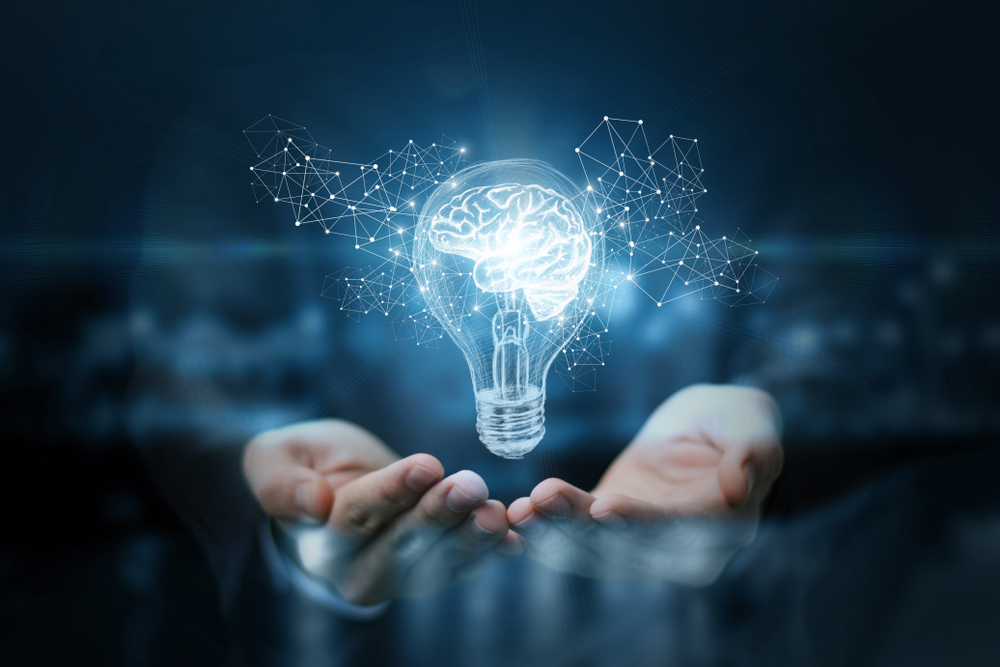“The morning alarm buzzed earlier than usual, and it’s not a malfunction! But the world around us has become smarter:
The smart clock has scanned your schedule and adjusted because you’ve got an important client meeting in the morning. Your coffee gets ready in a kettle, by the time you get out of bed. It’s not your spouse who prepared it, but the sound of an alarm instructed the coffee maker. The shower automatically turns on and warms to your preferred temperature. The electric car is ready to go, charged by the solar panels or wind turbine on your roof. Breakfast is reaching your doorsteps by drone from your favourite restaurant. The robot starts cleaning the house as soon as you leave the house.
Surprisingly, in the evening, you find a drone waiting at your doorstep with medicine! You did not order, but the health sensors embedded in your bathroom and the shit-pot detected signs of an impending illness via body temperature and the poop report, which was sent to your family physician.”
Gartner defines, a smart space as a physical or digital environment in which humans and technology-enabled systems interact in increasingly open, connected, coordinated and intelligent ecosystems. Smart spaces can be referred to by a variety of names, including “smart cities,” “digital workspaces,” “smart venues” and “ambient intelligence.”
The sci-fi futuristic Hollywood thrillers make us every year look ahead to see what’s new in consumer technology to make our lives smarter. Sometimes the same trends come up again and again because technology takes a long time to mature before most of us want to buy it.
Our world revolves around our home space. It’s been more than a decade since tech companies started pushing technology into our homes—the so-called “Smart Homes.” The technology allows you to control home appliances by shouting voice commands at a speaker or tapping a button on a smartphone. COVID-19 has accelerated market adoption of smart spaces as our homes have become both living and working spaces. We embrace the ability of smart spaces to incorporate legacy systems alongside new technologies like IoT, seeing increasing opportunities to drive more connected, coordinated, and intelligent solutions across target environments.
Over the last few years, smart home products like internet-connected door locks, ACs, refrigerators, and now our newer family members like dishwashers and robotic vacuum cleaners have made major progress. The devices have become affordable and work reliably with digital assistants like Amazon’s Alexa, Google’s Assistant, and Apple’s Siri.
However, smart homes have long been a source of confusion. Many smart home products don’t work well with other technology. Some door locks, for example, worked only with Apple phones and not with Androids; some appliances were controlled by talking to Google Assistant and not to Siri.
The lack of compatibility has created long-term issues. An Apple-compatible lock isn’t useful for the family member who is on Android, or in the case of rent-out, we may have to look for a tenant based on his mobile operating system. It would also be more convenient one day if our home devices could actually talk to one another, like an air-conditioner telling a vacuum cleaner to wipe off the water that may have spilled out from the outlet pipe.
It’s a matter of time that the tech industry giants and big rivals — Apple, Samsung, Google and Amazon—play nice to make the smart home more practical. They plan to release and update home technology with a new standard that enables smart home devices to talk to one another regardless of the virtual assistant or phone brand. More than 100 smart home products are expected to adhere to the standard.
Matter – The Promise of Reliable and Secure Connectivity: Matter is the industry’s unifying standard that promises to be reliable and secure connectivity. It is a seal of approval that devices will work seamlessly together – today and tomorrow. Matter creates more connections between more objects, simplifies development for manufacturers, and increases compatibility for consumers.
For a consumer, matter is the seal of approval that says smart devices work reliably together taking the guesswork out of the purchasing process. That trust allows you to choose from a wider range of the brands you love and brings you the comfort of a secure and seamless connected home.
For developers, matter is a unifying, IP-based connectivity protocol built on proven technologies, helping you connect to and build reliable, secure IoT ecosystems, while keeping your focus on developing innovative products and accelerating paths to market.
For retailers, matter is the reliable IoT compatibility standard that drives category growth by simplifying the purchasing process, expanding the smart home category to more retailers, and lowering operational costs.
As the world gets smarter with the use of products labelled with matter, the application of generative AI in managing the smart home infrastructure will help in gathering data from the home automation devices, predicting user behaviour, providing maintenance data, helping enhance data security and privacy.
Gartner says the field of generative AI will progress rapidly in both scientific discovery and technology commercialization. While this is currently as futuristic as it gets, we already see successes in a wide range of applications, from creating new materials to preserving data privacy. However, safety concerns and negative use of generative AI, such as deepfakes, might slow adoption in some industries.



